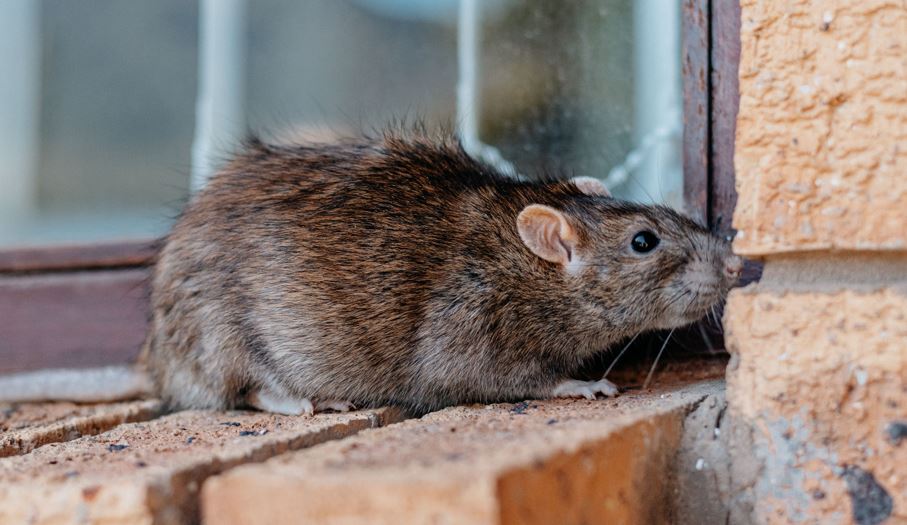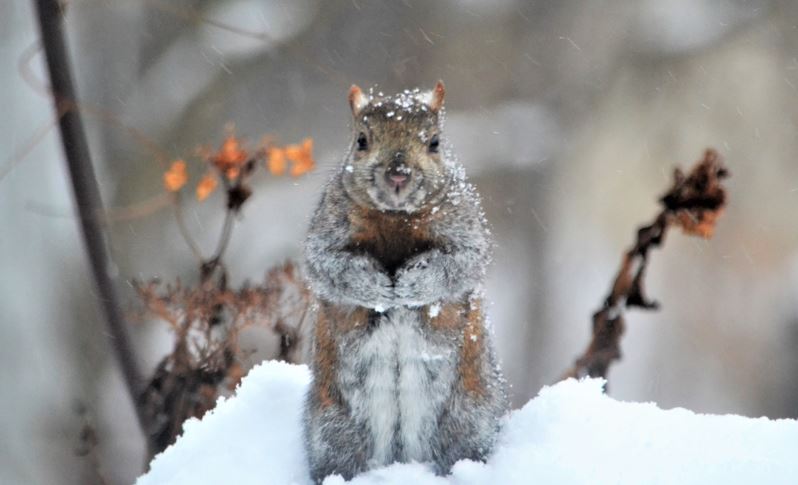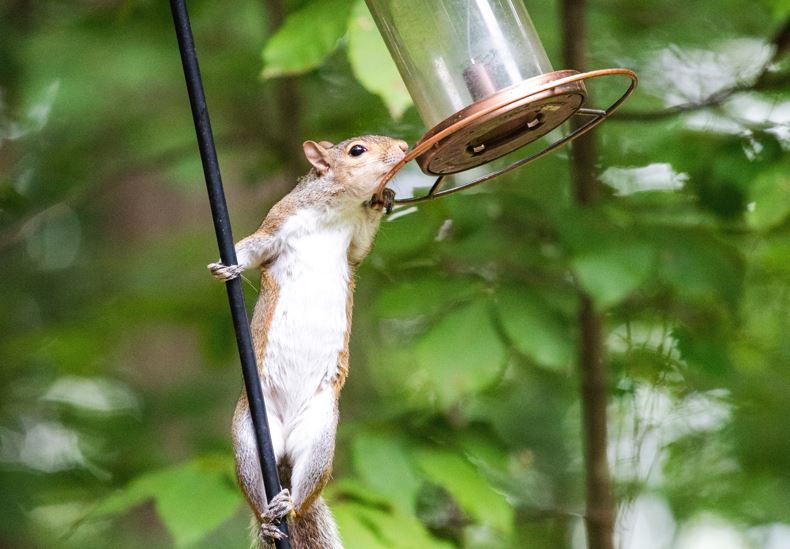Squirrels, like many other pests, are likely to try pretty much every possible entry point to get into your home. Though you may think that you’ve covered all your bases, there are actually several different spots that a squirrel might try to see if they can get in to your attic or basement and create havoc.
Squirrels cause damage
Though they may look like cute creatures as they run around the yard, squirrels can actually cause quite a bit of damage if they get into your attic.
- Create noise when scurrying around your attic
- Chew any wood they find, including roof supports and flooring
- Chew electrical cables leading to potential fire hazards
- Make holes in insulation, exterior walls and flooring
- Damage aluminum and plastic
How they get in
Squirrels can enter your attic in a variety of ways and through routes you likely didn’t consider.
1. Roof vents
Your roof vents are meant to release warm air from your house, which makes them a prime target for squirrels looking for a warm space to build a nest. Since many roof vent covers are made from plastic and aluminum, squirrels can easily chew them to create holes for entry.
2. Wall vents
Vents on the outside walls of your house that let out exhaust from your laundry room, kitchen or bathroom can wave another flag to squirrels to enter there. These vents can mimic a tree cavity or invite squirrels seeking warmth and safety to make their way into your home. Since squirrels can easily chew plastic, these covers do little to prevent entry.
3. The edge of your roof
The space where your roof meets the eaves can be a common spot for squirrels to attempt to get into your home. Because water and moisture can collect there, the materials can degrade quicker than in other areas making it a soft, weak spot for squirrels to chew their way through.
4. Where your roof & soffit meet
There are often gaps between where your lower roof meets the soffit above it which can create a weak spot. This area may not seal completely, creating an easy spot for squirrels to squeeze through a small hole into your attic.
5. The chimney
Many chimneys are uncapped making them easy entrances to your attic and home. If your chimney is brick it can also be very easy for them to climb down. Choosing a material like clay or aluminum to line your chimney can help prevent them from climbing and placing a chimney cover can stop them from entering altogether.
6. Improperly installed windows
If you have a window that hasn’t been installed properly there may be small cracks or openings around the edge that a small squirrel can squeeze through to get into your home.
7. A hole in your siding
Older siding can be more susceptible to developing cracks or holes. When a squirrel finds these weaknesses in the walls of your home, they are more likely to target your home as a safe place to create a nest in order to raise their babies or a warm place to hibernate for the winter.
Prevent squirrels from entering your home
The best course of action to protect against a squirrel infestation in your home is to seal off all possible entry points. Ensuring that your roof is in good repair, all vents are protected with a mesh covering and that any weak areas in your siding are reinforced can help stop squirrels before they can even get in.
If you suspect you have a squirrel in your attic or might have areas that they could enter, you may want to consult with a professional. They can help put some pest removal tactics in place safely and examine your home for any other potential weak spots.





